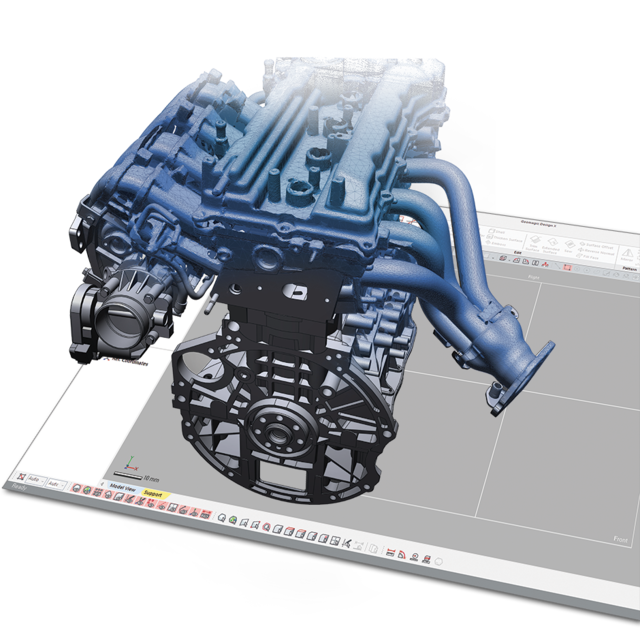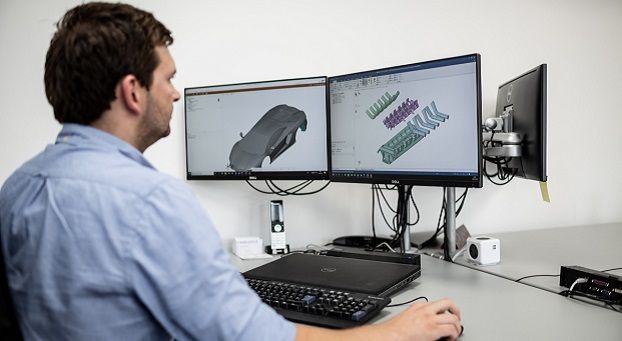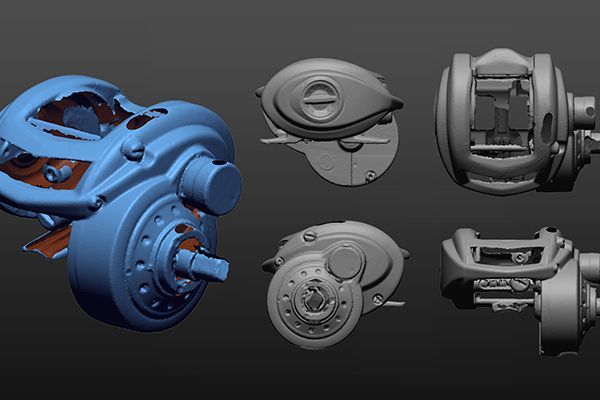STL file
STL file – short explaination!
STL is the most commonly used file format for transferring CAD data within additive manufacturing. The first STL interface was developed by 3D Systems in the 1980s. But what exactly is an STL file, how does it work and what are the advantages and disadvantages? The experts from the Reverse Engineering Service explain the most important basics in this article.
Need quick help from reverse engineering experts? Contact the engineers at Mako GmbH directly here.

What an STL file is
Today, almost all common CAD systems are able to create an STL file. The process is usually very simple for users. Because all you have to do is select the file and save it in STL file format. But what exactly is behind it?
The format was originally developed to prepare CAD data for 3D printing. Although it has some disadvantages, over time it has become the standard in 3D printing. In principle, an STL object consists of points. These points originate either from the points of a scan or from the calculation of a CAD program. They are all located on the surface of the object in question. And it is precisely these points that are connected to form triangles. An STL file describes the surface of a 3D body using triangular facets.
Tip: Follow us on LinkedIn or Facebook and never miss a post again! We would be happy to welcome you as a follower.

How stl files work!
Each of these triangle facets is typified by three corner points as well as the corresponding surface normal of the triangle. If these three corner points are now arranged counterclockwise when looking at a triangular surface, the surface is assumed to be the outside of a volume. If you now put the triangles together, you get approximately the surface of the entire object. This step is also known as triangulating or tiling.
From file to printed object
A 3D printer cannot process an STL file directly. That’s because it prints layer by layer. The printer needs a program for this, the so-called slicer. This breaks down the STL file into individual layers.
STL files also form the basis for the experts at Mako GmbH, based in Germany. Do you have further questions about this file format? Contact us anytime! We are at any time available.
Would you like to learn more about exciting reverse engineering topics? Please visit us on YouTube! There we regularly provide videos on exciting topics.







There are no comments